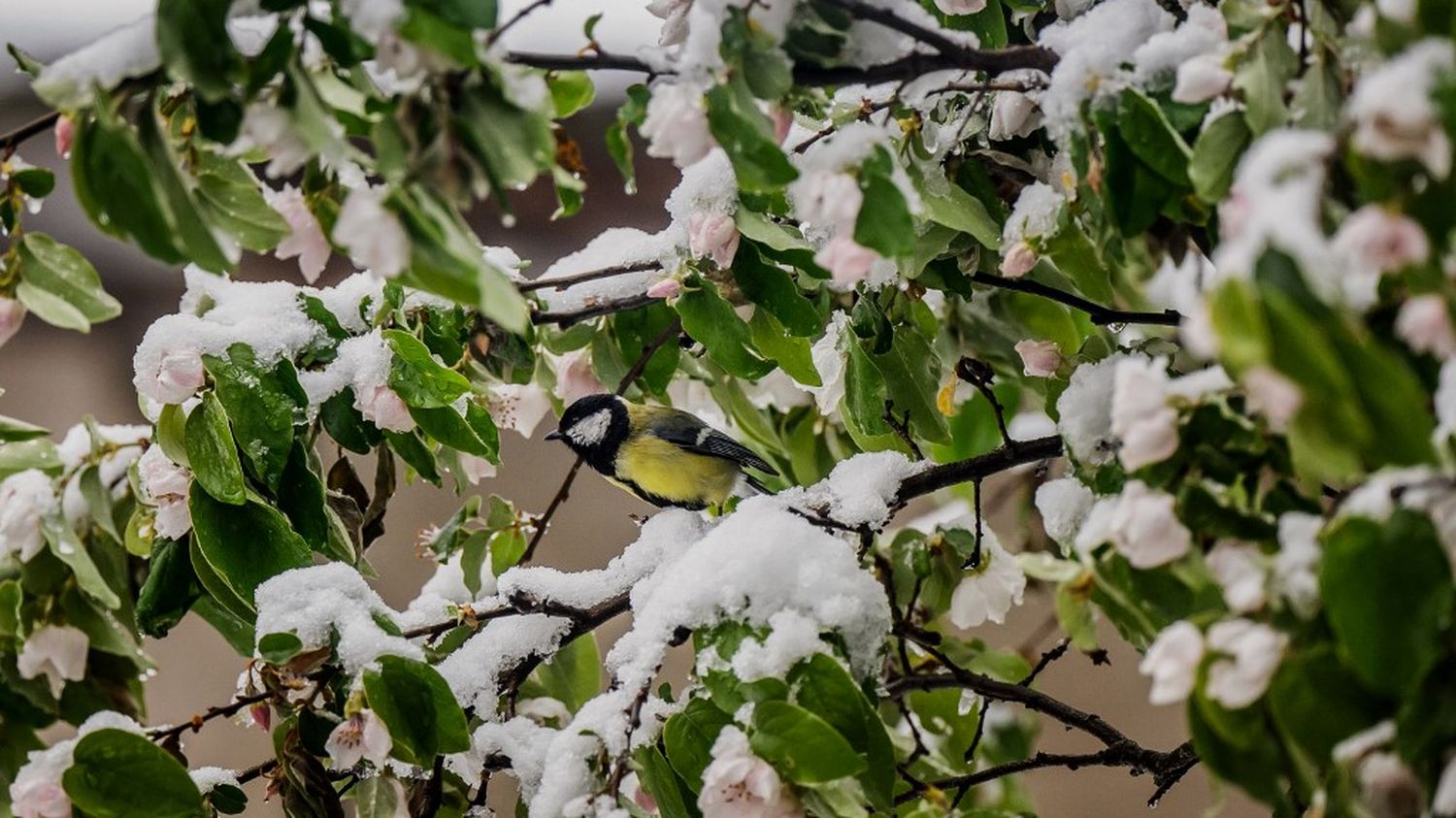Negative temperatures in the plains were recorded on Tuesday, particularly in the north of the Massif Central, in the East and Hauts-de-France.

Published
Reading time: 3 min

The farmers have slept little these days. Winegrowers or arborists, they watch over their plots to try to protect them from the cold. Negative temperatures, with frost in the plains, were again recorded on Tuesday April 23, over a vast area of France, from the Massif Central to Hauts-de-France, in the East and the Center region.

The cool spell should end on Friday, according to Météo-France forecasts. In the meantime, there is concern. In April 2021, frosts caused almost 100% losses in certain areas.
However, these jellies have not “nothing special”, observes for franceinfo Christelle Robert, forecaster at Météo-France. “We have experienced much stronger and more widespread ones, at the same time of year, in the past”, she adds. The “ice saints”, (May 11, 12 and 13) form a good benchmark for the usual limit for frosts, “even if some have already been observed at the end of May”.
A nature in advance
In the 2021 episode, almost all of the losses came in a single night. This year, the risk is greater due to a number of cold nights, according to agroclimatologist Serge Zaka. Above all, the specialist recalls that the particularly high temperatures of recent weeks have disoriented all of the vegetation.
“The particularity is that we had strong mild weather before this episode of frost and that all the plants, all the species, opened their buds.”
Serge Zaka, agroclimatologistat franceinfo
In France, the first quarter of 2024 (January, February and March) was the hottest ever recorded for this period since records began, observed, at the beginning of April, Sébastien Léas, forecaster at Météo-France. The beginning of spring had a summer feel, and the weekend of April 13 and 14, many heat records were broken, with the 30 degree mark crossed in places. The vegetation has therefore gotten ahead of its usual development.
Its current stage normally corresponds to what it should be halfway through May, according to Serge Zaka. “The apple tree, which is one of the last fruit trees to open its buds, is already in flower,” he illustrates. “In some areas the vine has more than five spreading leaves whereas usually at this time we barely have any buds open.” The apricot and cherry trees are past flowering. “We are at the ‘small fruit’ stage, whether in the north or the south of France”specifies the agriclimatologist.
Very mild winters expected more frequently
Therefore, these trees are more vulnerable to low temperatures. “When the bud is closed, in winter, it can resist up to -15°C or -30°C”, explains the expert. When it is opened, its resistance decreases significantly and goes up to -7°C or -8°C. When the flower appears, the sensitivity threshold is around -2°C. With the small fruit, it does not go beyond -0.5°C. “All these stages were completed in April”insists Serge Zaka.
Such a shift is likely to occur more and more often due to global warming caused by human activities. Indeed, the cycle of the seasons tends to alter, with much shorter and less harsh winters, hotter and longer summers, and shortened inter-seasons (spring and autumn).
The puzzle of new cultures
Faced with this scenario that has already begun, arborist Joris Miachon explained Monday on franceinfo that he intended to cultivate fewer sensitive fruits, such as apricots, in order to reduce the risk of losses. “But what to do instead? We are limited”deplores the president of the rural coordination of Auvergne-Rhône-Alpes.
“We have winters that are increasingly mild, so we have to find species that need fewer hours of cold, but at the same time that flower late. It’s complicated”judge Joris Miachon. “And if we found this species, it would have to have commercial interest. We cannot afford to plant dozens of hectares without having a market in front of it”he points out. “In arboriculture, these are questions that many [de producteurs] arise.”
